WE RIDE CHAPARRAL MOTORSPORTS’ YAMAHA YZ450F
Jeremy McGrath is the undisputed king of Supercross. He amassed 72 career wins and seven 250 Supercross titles in eight years on two different brands. Jeremy also brought much-needed professionalism and popularity to the sport. There’s a reason McGrath was long ago dubbed “The King.” Although Jeremy has long been retired, his name is still synonymous with Supercross. It is a true testament to the impact he made at a time when Supercross was teetering on the edge of obscurity. He paved the way for such mega stars as James Stewart, Ricky Carmichael, Chad Reed and Ryan Villopoto.
It is said that behind every great racer is an equally great mechanic, but in Jeremy’s case, it was a slew of people responsible for keeping “Showtime” at the top. There was a major supporting cast in Jeremy McGrath’s heyday, from team managers to mechanics to agents and fellow racers. Skip Norfolk, Dave Arnold, Mitch Payton, Jimmy Button, Bones Bacon, Roger DeCoster, Keith McCarty, Dave Damron and Larry Brooks are forever linked with Jeremy McGrath.
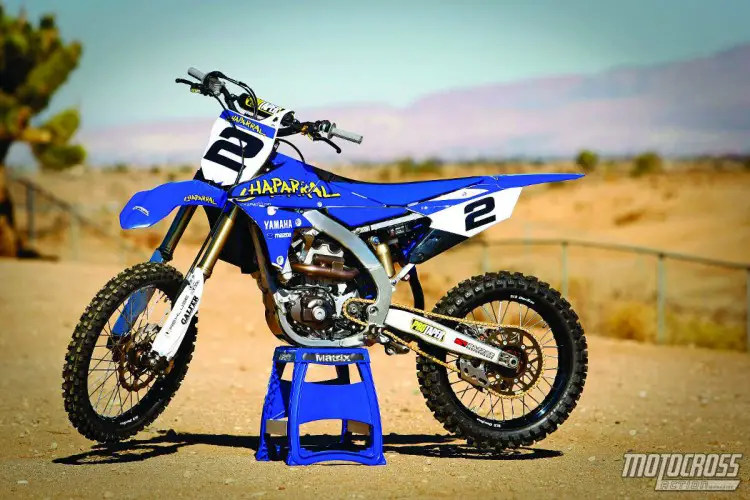
Although McGrath owns an unprecedented seven 250 Supercross titles, there are two years that stand out to any diehard fan: 1996 and 1998, each for different reasons. In 1996, Jeremy McGrath, part of the powerhouse Factory Honda team, couldn’t be stopped.
He nearly recorded the perfect season, winning all but one race en route to a third consecutive crown.
The reason 1998 is so important to the McGrath chronicles is because shortly after his dominant season in 1996, Jeremy had a contract dispute with Honda and left the brand he had so much success with. For 1997, he signed with the upstart Suzuki of Troy team and narrowly missed the title by 16 points over arch-nemesis Jeff Emig. It seemed like Jeremy’s best days were behind him. Without Honda’s backing and his trusty—and never-shelved—1993 CR250 chassis, McGrath was washed up. That’s when an appealing deal from mega motorcycle dealer Dave Damron, owner of Chaparral Motorsports, surfaced. With Factory Yamaha support and a specialized program, Jeremy flourished again. He dominated the 1998 Supercross series and proved his detractors wrong.
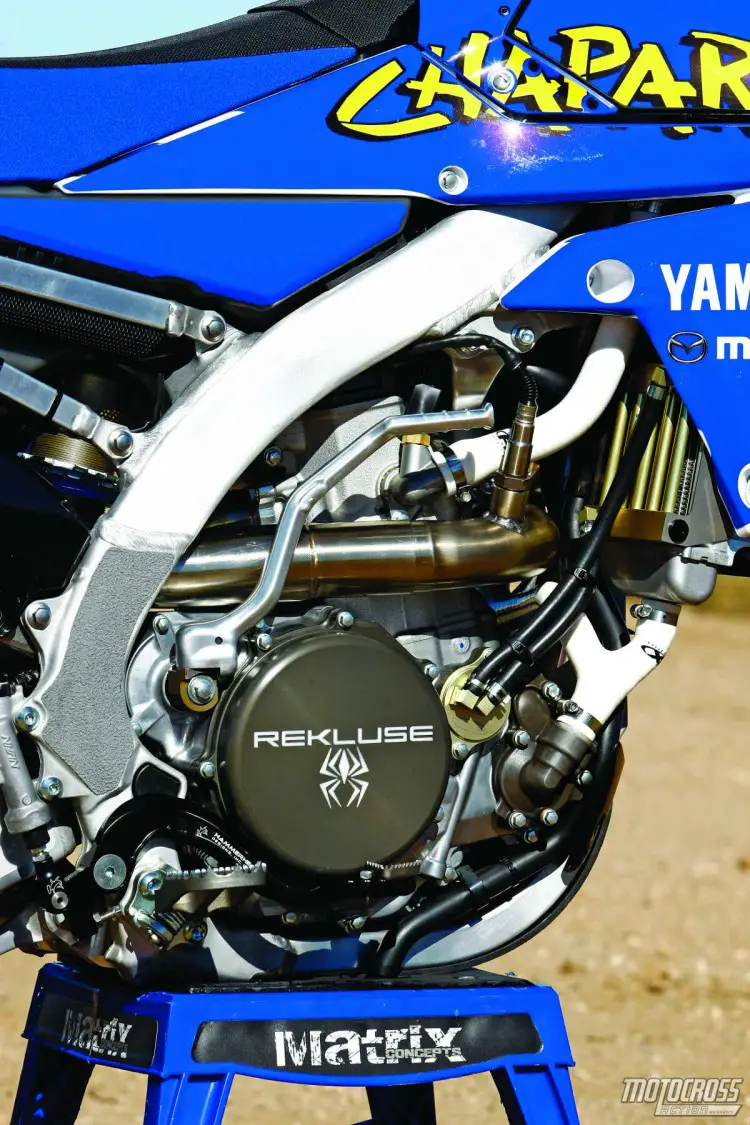
THE PLAYERS
This leads to the present day and the appropriate adage that “the more things change, the more they stay the same.” Jeremy McGrath is no longer associated with Chaparral or Yamaha, but the main players behind his success in the late 1990s are back together. Dealership mogul Dave Damron and his sidekick—former racer, MXA test rider, team manager and team co-owner Larry Brooks—have reunited. Brooks is now responsible for building project bikes at Chaparral Motorsports, which are then rolled onto the showroom floor and sold to a few lucky customers.
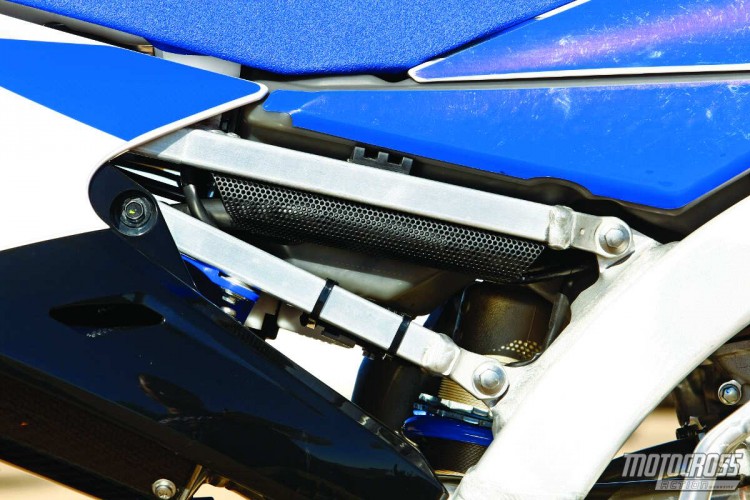
MXA has long-standing relationships with former test riders Jeremy McGrath and Larry Brooks, so it was only natural that Chaparral build MXA a 2015 Yamaha YZ450F that ties into the ethos of the Chaparral race team. Brooks first teamed up with McGrath at Chaparral Yamaha in 1998, resulting in a fourth 250 Supercross title. That year Jeremy rode a YZ250 two-stroke, had backing from Mazda, and his racing number was “2.” Now, 17 years later, MXA commissioned our friend Larry Brooks to make a replica 1998 Chaparral Motorsports Mazda Yamaha with custom graphics and McGrath’s old number. The difference? A YZ450F four-stroke instead of a YZ250 two-stroke.
THE BIKE
During his tenure as team manager and part owner of L&M Racing Yamaha, Larry Brooks worked with Supercross heavyweights Chad Reed, James Stewart and Josh Hill. The team won multiple championships, but more important to this story, Brooks learned the intricacies of building the ultimate YZ450F race bike. In Larry’s words, “A great motorcycle is the result of a combination of all the pieces adding up to help the greater good. It’s not just bolting on a bunch of parts, but instead trying things out that work well together. The end result makes a big difference.” Brooks used knowledge gained from years of testing with his racers to tweak our YZ450F project bike.
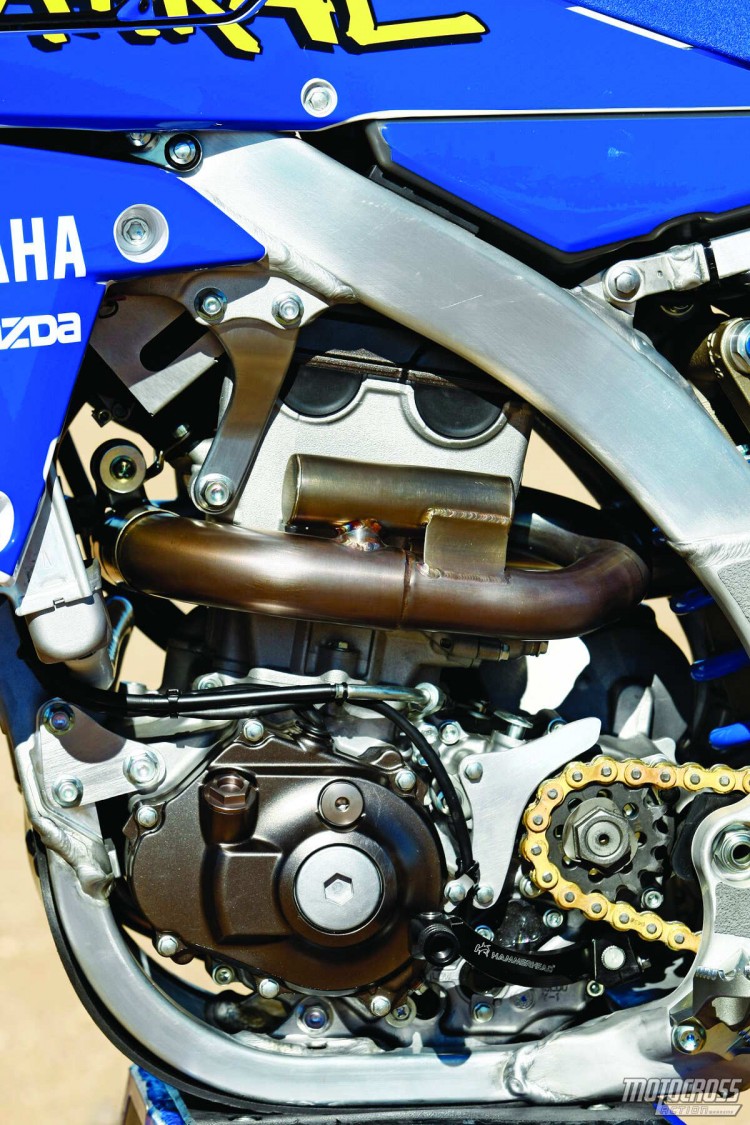
The Chaparral YZ450F had a host of aftermarket components that MXA has used in the past: oversize front brake, radiator hoses, Dubya wheel set, Pro Taper parts, Twin Air oil cooler, Hammerhead shifter and brake pedal. However, those add-ons didn’t intrigue us. Instead, we were drawn to custom parts that were hand-built by Brooks himself. Those items were:
(1) Front motor mounts. The motor-mount material and thickness make a huge difference in handling. Larry Brooks knows this firsthand, because during his time with the L&M race team he would try a myriad of different motor mounts for Chad, Bubba and Josh. It’s because of this that Larry made his own front motor mounts for better cornering performance.
(2) Skid plate. Made out of plastic instead of aluminum or carbon fiber, the skid plate Brooks came up with is designed to be free-floating in order to allow the frame to flex as it was meant to. The skid plate protects the engine cases and doesn’t hinder handling performance.
(3) Gas-line guards. Surrounded by muffler perf core, the gas line and several electrical lines are tucked away. They are kept out of harm’s way, and although Brooks admits that he has never heard of a rider rubbing on the line to cause a malfunction, it’s better to be safe than sorry.
(4) Chain buffer pad. While testing with Chad Reed before the 2007 Motocross des Nations, Brooks learned that the stock YZ450F chain buffer pad was causing excessive chain torque with the stock gearing sprocket combination, so the team switched to a 14/53 combo and ground down the hump at the top of the chain pad. As a result, the pad and the chain no longer made contact when the chain became tight. Reed commented that the bike would stand up in corners with the stock gearing/pad combination but was more nimble with the modifications.
(5) Case saver. Due to clearance issues caused by the larger countershaft sprocket, Brooks had to make his own case saver.
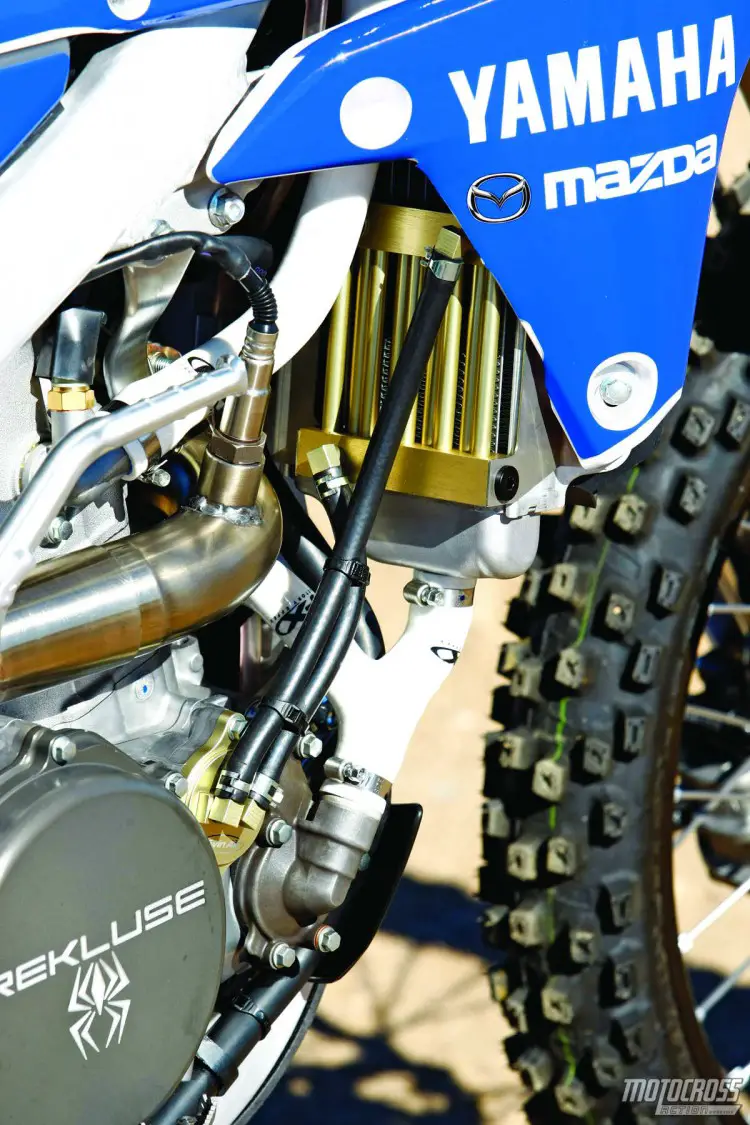
Additionally, there were several parts that radically changed how the 2015 Yamaha YZ450F performed. Those key items were:
Rekluse Core EXP 3.0 clutch. The all-new Core EXP 3.0 auto clutch is an attractive option for riders who have issues stalling their engines in corners; however, Brooks opted for the Rekluse because of the freewheeling benefits of the system. It nearly eliminates engine braking and is less taxing on the rider. L&M Racing tested a Rekluse auto clutch with Josh Hill in 2010, but they shelved the idea because the clutch lever would pulsate off the starting line. Rekluse has fixed the issue with the Core EXP 3.0.
DR.D engine relocation kit. Although the DR.D YZ450F engine relocation kit has been on the market for several years, it’s still somewhat of an industry secret. The reason? Most people are afraid to grind away at the engine cases and motor mounts to install the relocation collars; however, moving the engine 2.5mm forward makes a big difference in handling characteristics by putting more weight on the front end.
DR.D radiator lowering kit. Another tried-and-true DR.D product, the radiator lowering kit drops the radiators down 24mm. The lower center of gravity, achieved by moving the engine forward, reducing chain torque and changing the motor mounts, helps handling.
Bazzaz fuel controller. The Z-Fi fuel controller, paired with the Z-AFM self-fuel-mapping module, allowed Brooks to fine-tune the fuel mapping for better performance. Larry was crafty in mounting the controller to the subframe near the shock body for easy access.
Applied 20mm offset triple clamps. Another factory secret, the L&M team installed 20mm offset clamps for easier turning on the YZ450F. The stock 22mm clamps were ditched for Applied’s rubber/solid mount design.
THE RESULT
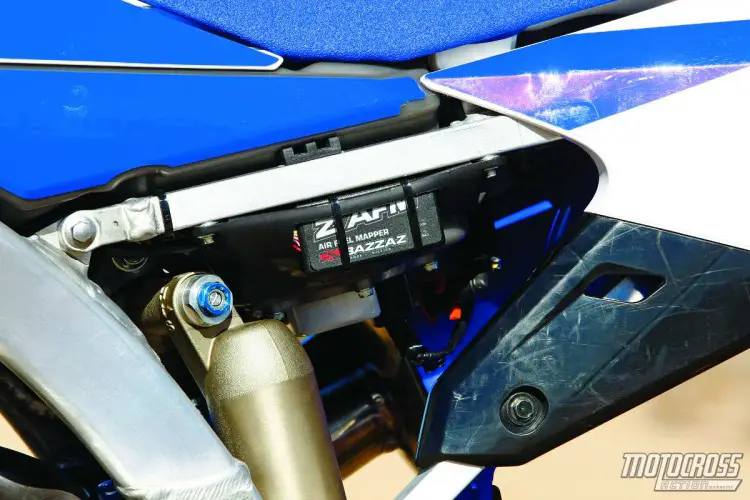
We will go on record and state that Larry Brooks’ YZ450F package was right as rain. The combination of a few key pieces equated to a massive difference in performance. Most of all, the Chaparral Motorsports Yamaha turned like no other YZ450F we have ever ridden. Any loyal MXA reader will recall us testing the DR.D radiator lowering kit, DR.D engine relocation kit and different offset clamps (alone and in conjunction with one another), but being paired with Larry Brooks’ custom modifications made all the difference.
In stock trim, the YZ450F has a front-end wiggle during corner entrance that causes inconsistent rider feedback and discomfort. Most testers found it best to steer with the rear end for fear of what the front tire would do. Not so with the Chaparral YZ450F, which begged to be laid over into turns. Excessive input at the handlebars wasn’t needed, but instead the chassis worked best when we committed to every corner. Once leaned over, the YZ450F would feel locked into the turn, making it much easier to keep speed up and confidence high.
At first we struggled with the Rekluse Core EXP 3.0 auto clutch, but that was because it wasn’t dialed in perfectly. After we took time to get it properly configured, the Rekluse worked wonders. Engine braking was reduced and rider fatigue was lessened. Not once did we encounter the dreaded clutch-lever pulsation that plagued previous Rekluse auto-clutch designs.
The powerband wasn’t overwhelming, but that was to be expected since Larry Brooks didn’t touch the engine. At 58 horsepower, the YZ450F really didn’t need anything done internally to satisfy our testers. The Bazzaz fuel controller was a benefit, because we never encountered any mapping issues.
Overall, the Chaparral Motorsports Yamaha YZ450F was a major hit. The old-school graphics brought back fond memories of Jeremy McGrath’s monumental 1998 Supercross season; however, looks only go so far. Fortunately, the hard work that Larry Brooks put into the project bike paid major dividends. Best yet, it’s possible to buy this exact bike. All you need to do is visit Chaparral Motorsports in San Bernardino, California, and ask for Larry Brooks. He will modify any bike that you wish and also go to the track with you to get everything dialed in.
Our project bike cost $14,500. We think that it’s worth every penny. Not only did we get to test an incredible bike, but we spent the day out at the track with one of the most knowledgeable people in the industry. That alone is invaluable. For more information, visit www.chaparral-racing.com or call (909) 889-2761.



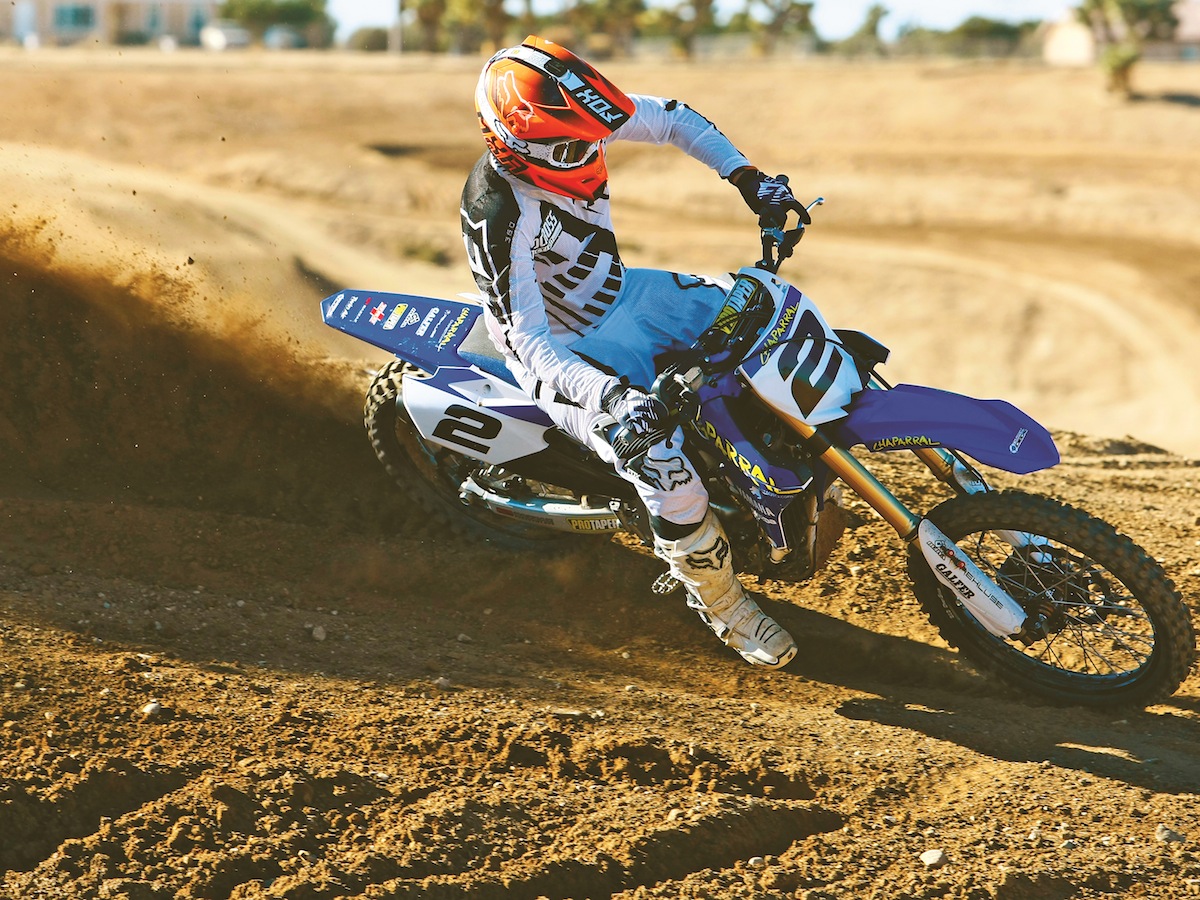

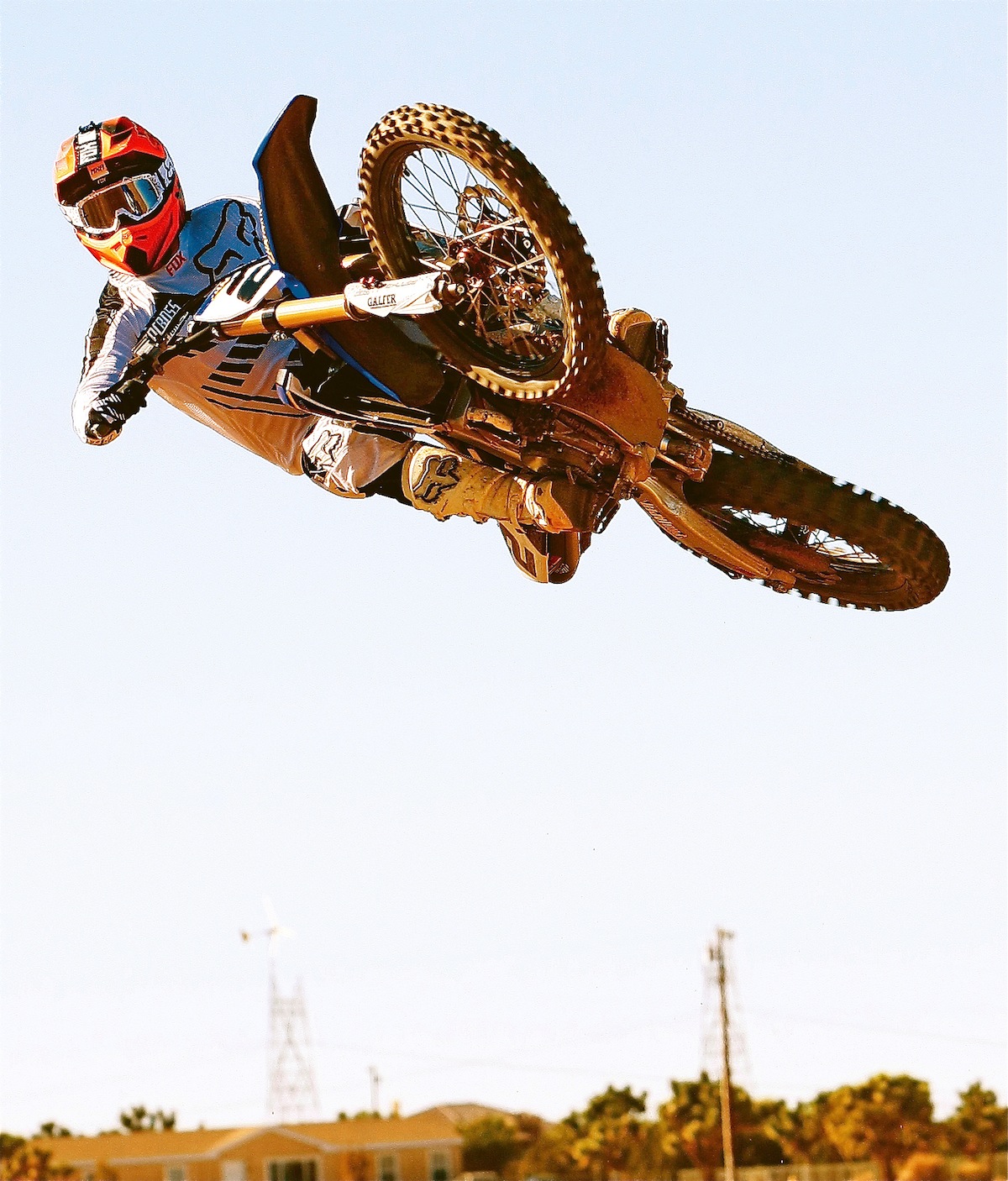



Comments are closed.